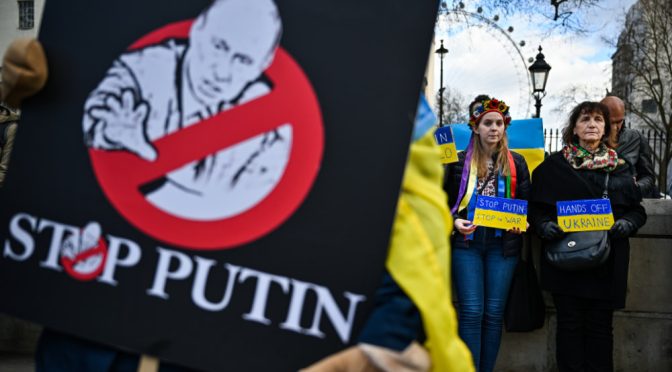The second quarter was characterized by unprecedented market volatility, high power prices and concerns about energy supplies due to a shortage of gas supplies from Russia.
“The European energy crisis has accelerated due to a shortage of gas supplies from Russia, leading to high power prices and a large increase in Statkraft’s gross revenues. However, the significant increase in forward power prices has led to unrealised negative hedging effects. Underlying EBIT in the quarter was NOK 3.8 billion”, says Chief Executive Officer Christian Rynning-Tønnesen.
“The combination of dry weather and higher risk of gas rationing for the coming winter in Europe, particularly in Germany, has increased Statkraft’s water values. The importance of saving water for the coming winter is increasing and has resulted in lower Norwegian hydropower generation in the quarter”, continues Rynning-Tønnesen.
In the second quarter, gross operating revenues increased by almost NOK 10 billion due to high spot prices. Statkraft has over the years entered into hedging positions that typically have fixed prices that are lower than the current high forward prices. The price difference for the remaining contract periods is accounted for as unrealised profit or loss. During the second quarter the forward power prices increased significantly leading to unrealised losses of NOK 8.7 billion mainly from these positions. The underlying EBIT in the quarter was NOK 3.8 billion, down NOK 1.8 billion compared with the second quarter last year.
The average Nordic system price was 121 EUR/MWh compared with 42 EUR/MWh in the same quarter in 2021. The spread in power prices between the Norwegian price areas was significant, with particularly high prices in Southern Norway.
Total power generation was 14.2 TWh, which was 1.3 TWh lower than the same period last year. The reduction was primarily related to Norwegian hydropower generation sold in the spot market.
Despite a solid EBIT, net profit ended at NOK -1.2 billion due to negative currency effects under financial items and a high tax expense due to solid revenues from Norwegian hydropower generation subject to resource rent tax. Net profit was NOK 3.6 billion lower compared to the same quarter in 2021.
Cash flow from operating activities in the quarter was a solid NOK 16.6 billion, adding to an already strong financial platform.
For the first half year of 2022, Statkraft reported a record-high underlying EBIT of NOK 21.8 billion, an increase of NOK 8.9 billion compared with the first six months of 2021. The main drivers for the increase were significantly higher Nordic power prices and solid contribution from Market operations. The net profit year to date was NOK 10.2 billion.
Updated strategy
“The energy markets are changing faster than ever and there is a sharp increase in demand for renewable energy. To meet this increased need Statkraft has updated the strategy with new and more ambitious growth targets towards 2030”, says CEO Rynning-Tønnesen.
A key element of the strategy is to upgrade and expand the Norwegian hydropower assets with a goal to start at least five major hydropower projects by 2030. In June, Statkraft sent a licence application for one such modernisation – the Folgefonn power scheme in Hardanger – to the Norwegian Water Resources and Energy Directorate (NVE). The application requests an increase in installed capacity from 250 MW to 880 MW and will increase the power generation by 70-80 GWh of new clean energy. It is 40 years since Statkraft last submitted a license application for such a large hydropower project. In May, Statkraft also opened two new small-scale hydropower plants in Norway – Vesle Kjela and Storlia.
Within offshore wind, Statkraft is pursuing an industrial role in Norway and Ireland. Furthermore, Statkraft aims to be a leading developer of green hydrogen in Norway and Sweden, and to broaden its geographical scope outside the Nordics. The target is to develop 2 GW of green hydrogen by 2030.
A significant part of the future growth will be linked to the development of onshore wind, solar and battery storage, across all Statkraft markets. In May, Statkraft won state contracts in Ireland for one wind and three solar projects with a total capacity of 360 MW and opened its first large-scale solar park in India – Nellai (76 MWp).
Statkraft will continue to offer long-term power contracts to maintain the position as a competitive supplier to the industry in the Nordics. In the quarter, Statkraft signed several new industrial contracts – with Hunton Fiber, Omya Hustadmarmor, FREYR and H2 Green Steel.
In June, Statkraft successfully issued an inaugural green bond supporting the growth strategy.
In accordance with the updated strategy, Statkraft will change the organisational structure by establishing the three geographical regions Nordic, Europe and International as separate business areas. To strengthen the development of new business opportunities within the green energy transition, New Energy Solutions will be established as a separate business area.


